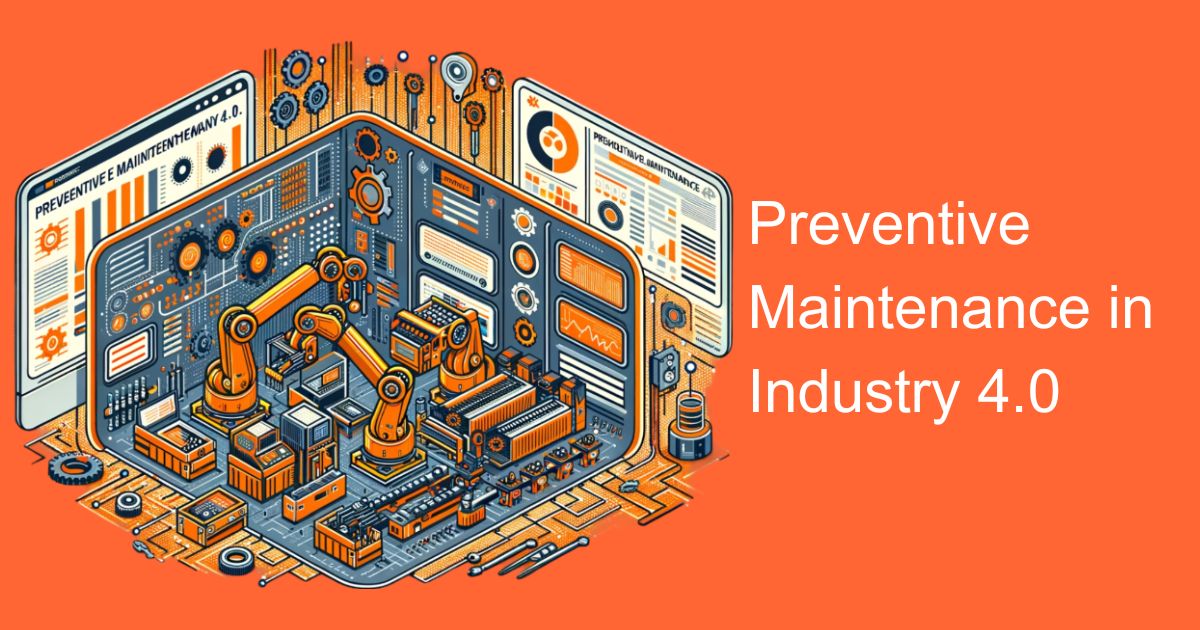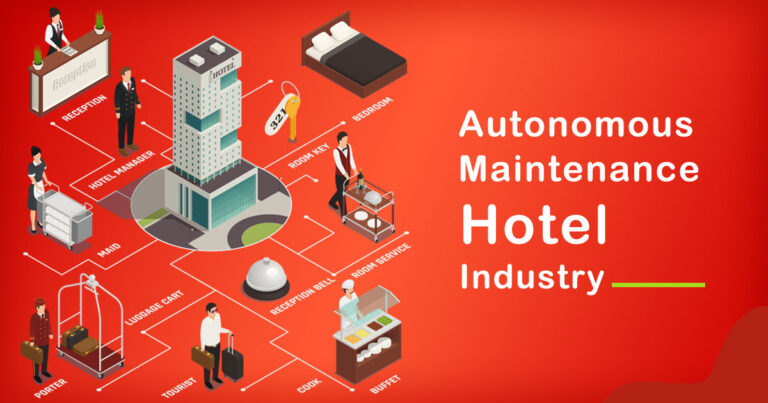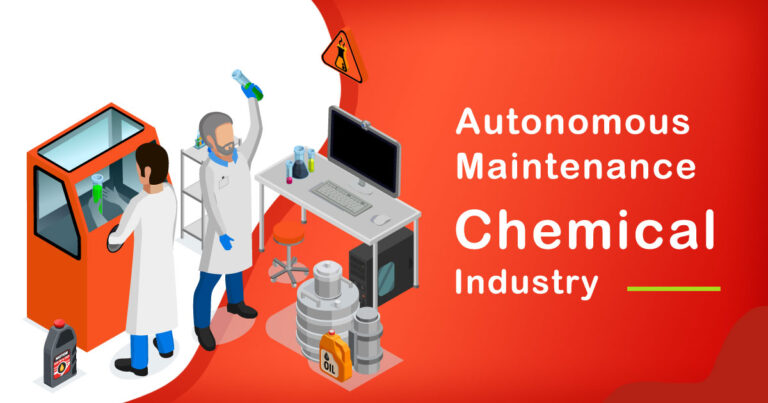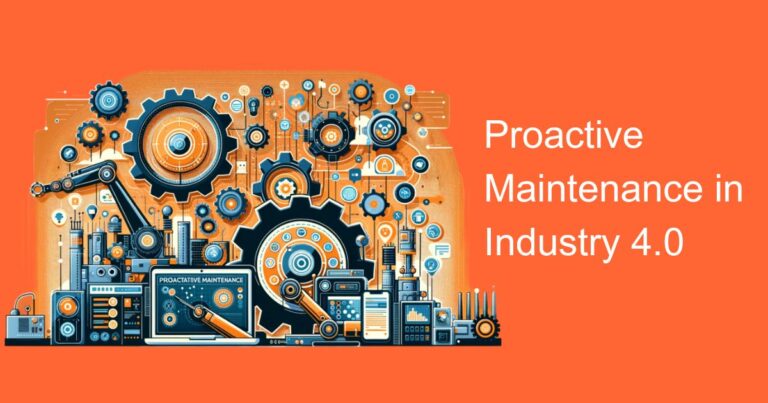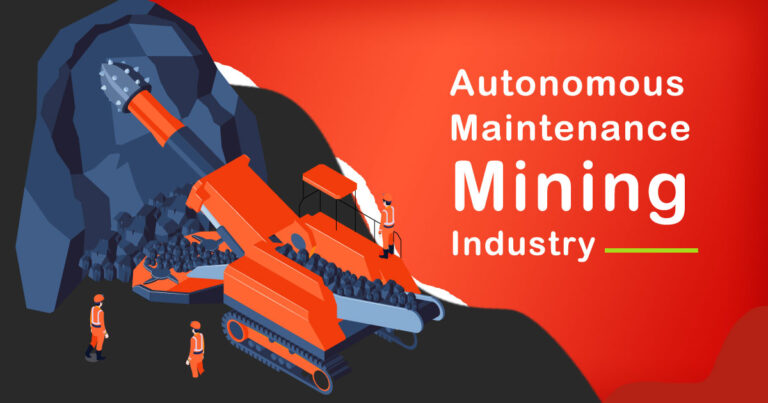Introduction
In today’s rapidly evolving industrial landscape, the term “Industry 4.0” has become synonymous with the fourth industrial revolution, characterized by the integration of digital technologies, automation, and data-driven decision-making processes into manufacturing and production. While this revolution brings with it a multitude of benefits and opportunities, it also presents new challenges, one of which is the maintenance of complex, highly automated systems. In this editorial, we delve into the role of preventive maintenance in Industry 4.0, in Indian context with a focus on its role in the Indian industrial sector.
The Changing Landscape of Manufacturing in India
India, known for its diverse and extensive industrial base, has been gradually adopting Industry 4.0 principles to enhance its competitiveness on the global stage. With the “Make in India” initiative and growing investments in manufacturing, the country is witnessing a rapid shift towards automation, data analytics, and the Internet of Things (IoT). This transformation is particularly evident in sectors like automotive, electronics, pharmaceuticals, and textiles.
The Significance of Preventive Maintenance
Preventive maintenance, in essence, is a proactive approach to maintenance that involves regularly scheduled inspections, servicing, and replacement of components before they fail. Its role in Industry 4.0 cannot be overstated, as it contributes to several critical aspects of modern manufacturing.
Minimizing Downtime:
In an era where every minute of production downtime translates to substantial losses, preventive maintenance helps minimize disruptions. By identifying and addressing potential issues before they escalate, manufacturers can ensure continuous operations.
Cost-Efficiency:
Reactive maintenance, which involves fixing equipment after it breaks down, can be significantly more expensive than preventive maintenance. Regularly scheduled maintenance not only reduces repair costs but also extends the lifespan of machinery, leading to long-term cost savings.
Data-Driven Decision Making:
In the digital age, data is king. Preventive maintenance systems leverage IoT sensors to collect real-time data from machines. This data can be analyzed to predict equipment failures, optimize maintenance schedules, and improve overall operational efficiency.
Safety and Compliance:
Compliance with safety regulations is paramount in the manufacturing industry. Preventive maintenance ensures that equipment remains in optimal condition, reducing the risk of accidents and ensuring adherence to safety standards.
Enhancing Product Quality:
In industries such as pharmaceuticals and electronics, where precision and consistency are vital, preventive maintenance can help maintain the quality of products by ensuring that production equipment is in top working condition.
Challenges in Implementing Preventive Maintenance in India
While the benefits of preventive maintenance are clear, its widespread adoption in India’s manufacturing sector faces certain challenges:
Resource Constraints:
Many Indian manufacturers, particularly SMEs, face resource constraints that limit their ability to invest in advanced maintenance technologies and skilled personnel.
Data Management:
Effectively harnessing data for predictive maintenance requires robust data management infrastructure, which may not be readily available in all Indian manufacturing facilities.
Skill Gap:
The implementation of Industry 4.0 technologies necessitates a workforce with digital literacy and technical expertise. Bridging the skill gap remains a priority.
Cost-Justification:
Convincing stakeholders of the long-term cost benefits of preventive maintenance can be challenging in a price-sensitive market like India.
Success Stories and Recommendations
Despite these challenges, several Indian companies have successfully embraced preventive maintenance as a key component of their Industry 4.0 journey. For instance, the Tata Motors plant in Pune has leveraged IoT and data analytics to reduce downtime by 20%, resulting in significant cost savings.
To encourage wider adoption, the Indian government and industry bodies can take several steps:
Skill Development:
Invest in workforce training and upskilling programs to address the skill gap in Industry 4.0 technologies.
Incentives:
Offer tax incentives or subsidies to incentivize SMEs to invest in preventive maintenance technologies.
Data Infrastructure:
Promote the development of robust data infrastructure, including cloud-based solutions, to support data-driven maintenance practices.
Awareness Campaigns:
Launch awareness campaigns highlighting the cost-saving potential and benefits of preventive maintenance.
Conclusion
Preventive maintenance is not just an operational necessity but a strategic imperative in the context of Industry 4.0, especially for the burgeoning Indian manufacturing sector. As the country continues to embrace digital transformation, adopting proactive maintenance practices will be instrumental in achieving sustainable growth, reducing operational costs, and ensuring the highest standards of quality and safety in production processes. In the grand tapestry of Industry 4.0, preventive maintenance is the thread that ensures seamless continuity and resilience in the face of an ever-evolving industrial landscape.


